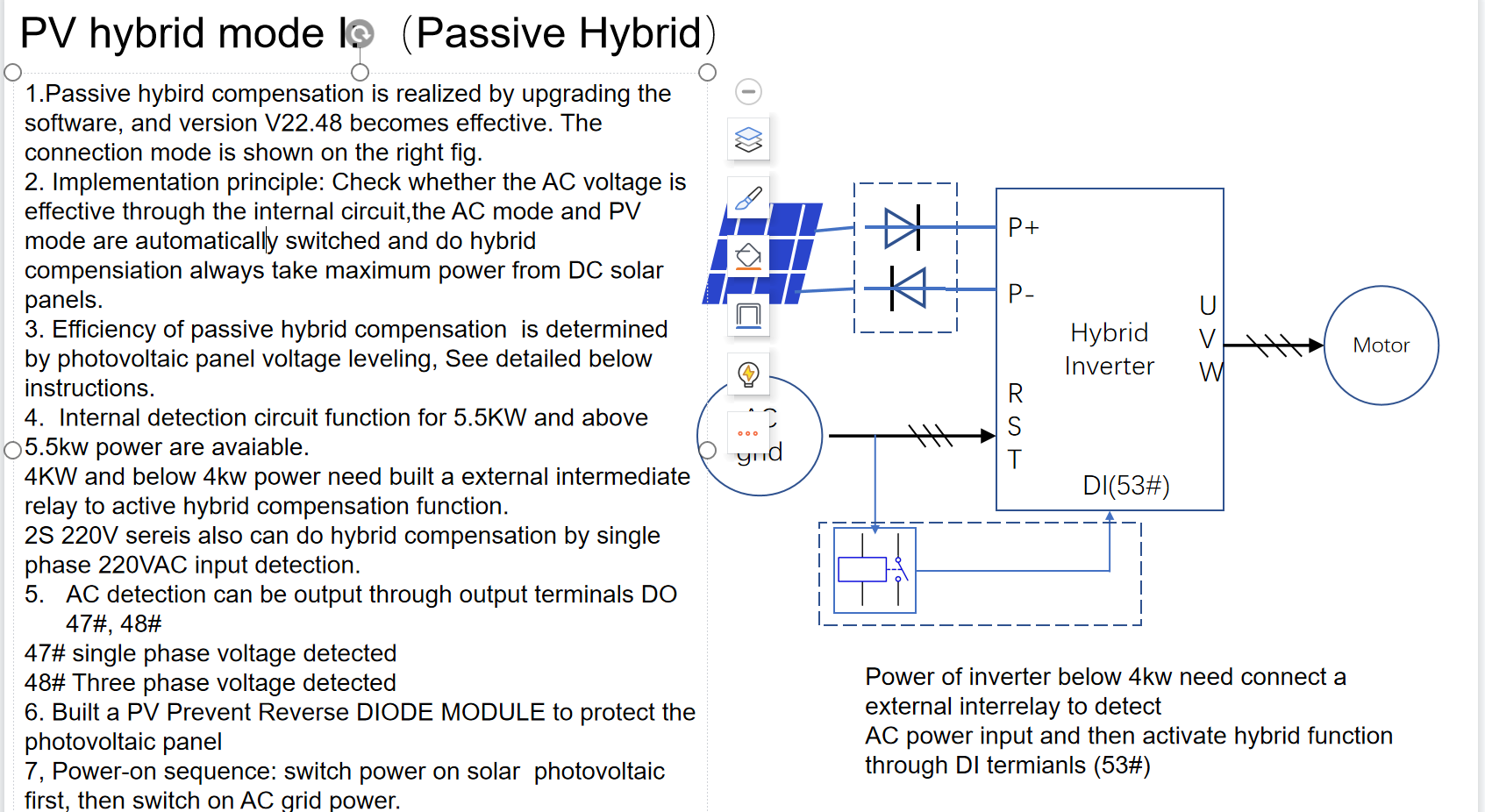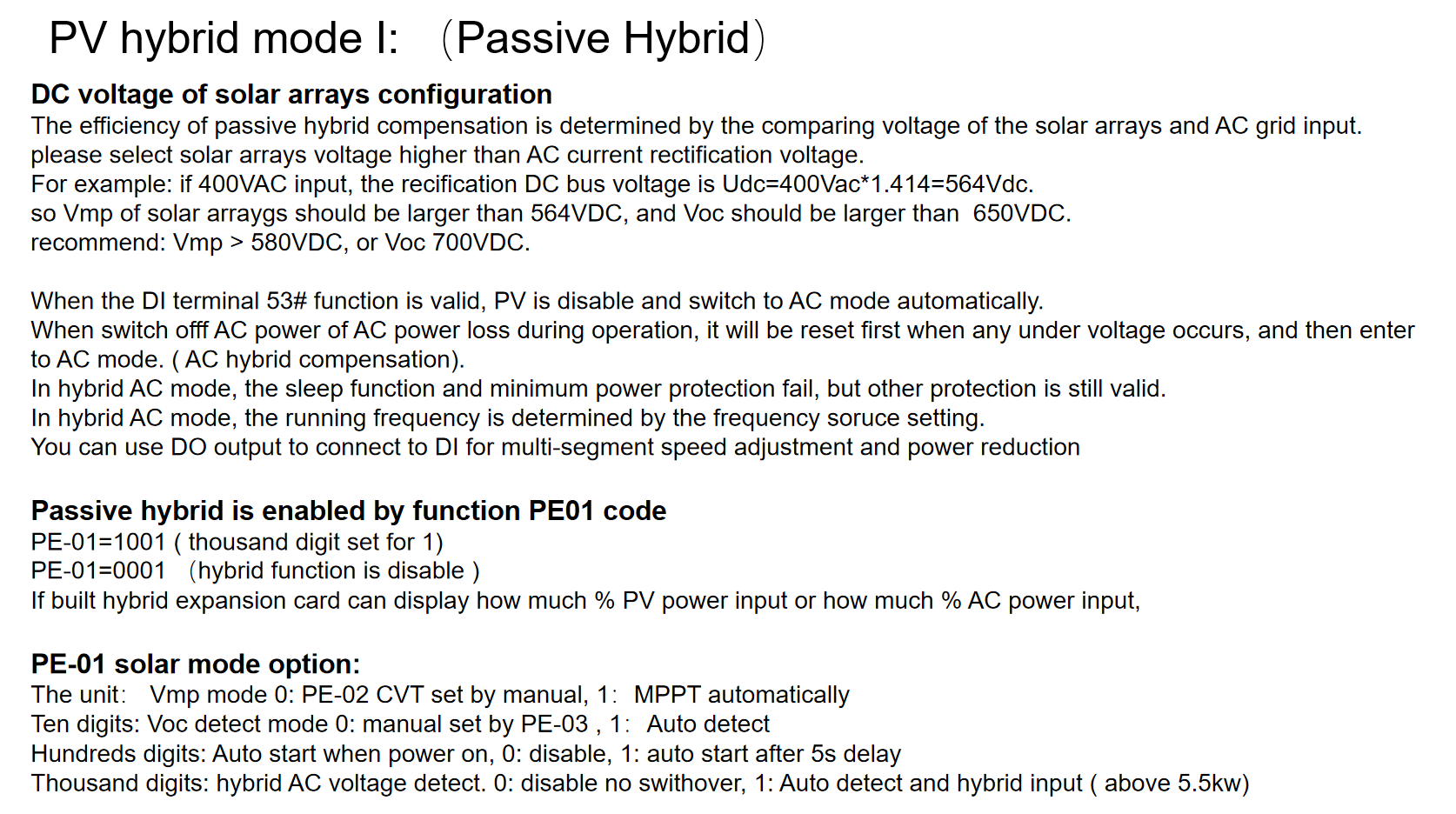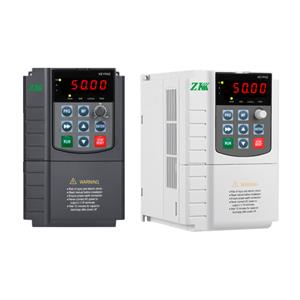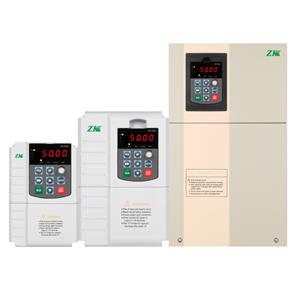SG600 Hybrid input function update
Title: Upgrading Photovoltaic Water Pump Inverter with Hybrid Functionality of DC Solar and AC Grid Inputs
Introduction:
Photovoltaic water pump inverters play a vital role in harnessing solar energy for pumping water in various applications. As the demand for renewable energy sources continues to grow, it is essential to explore ways to enhance the efficiency and reliability of these inverters. In this article, we will discuss the concept of updating photovoltaic water pump inverters to incorporate a hybrid functionality of both DC solar and AC grid inputs.
1. Background:
Traditional photovoltaic water pump inverters solely rely on DC solar inputs to convert solar energy into electrical power for pumping water. While this approach is effective in areas with ample sunlight, it poses challenges in regions with inconsistent solar radiation or during cloudy days. By integrating AC grid input, the inverter can seamlessly switch between solar and grid power sources, ensuring a continuous water supply.
2. Hybrid Functionality:
The updated photovoltaic water pump inverter features a sophisticated control system that monitors solar radiation levels and grid availability. When sufficient solar energy is available, the inverter utilizes the DC solar input to power the water pump. In case of insufficient solar energy, the system automatically switches to the AC grid input, ensuring uninterrupted water pumping.
3. Benefits:
a) Increased Flexibility: The hybrid functionality allows the water pump to operate even in low solar radiation conditions, ensuring a consistent water supply throughout the day.
b) Energy Storage: The inverter can be integrated with energy storage systems, such as batteries, to store excess solar energy for later use. This further enhances the reliability of the system, as it can draw power from the stored energy during the night or during periods of low solar radiation.
c) Grid Independence: By incorporating the AC grid input, the photovoltaic water pump inverter reduces reliance on solar energy alone, providing an alternative power source during extended periods of low solar radiation or system maintenance.
4. Installation and Maintenance:
The updated photovoltaic water pump inverter can be easily installed and connected to the existing water pumping system. Regular maintenance is recommended to ensure optimal performance and to address any potential issues promptly. It is advisable to consult with a certified technician or engineer during the installation and maintenance process.
Conclusion:
The integration of hybrid functionality in photovoltaic water pump inverters offers significant advantages, including increased flexibility, energy storage capabilities, and reduced dependence on solar energy alone. This advancement in technology allows for a more reliable and efficient water pumping system, contributing to the sustainable utilization of solar energy in various applications.






